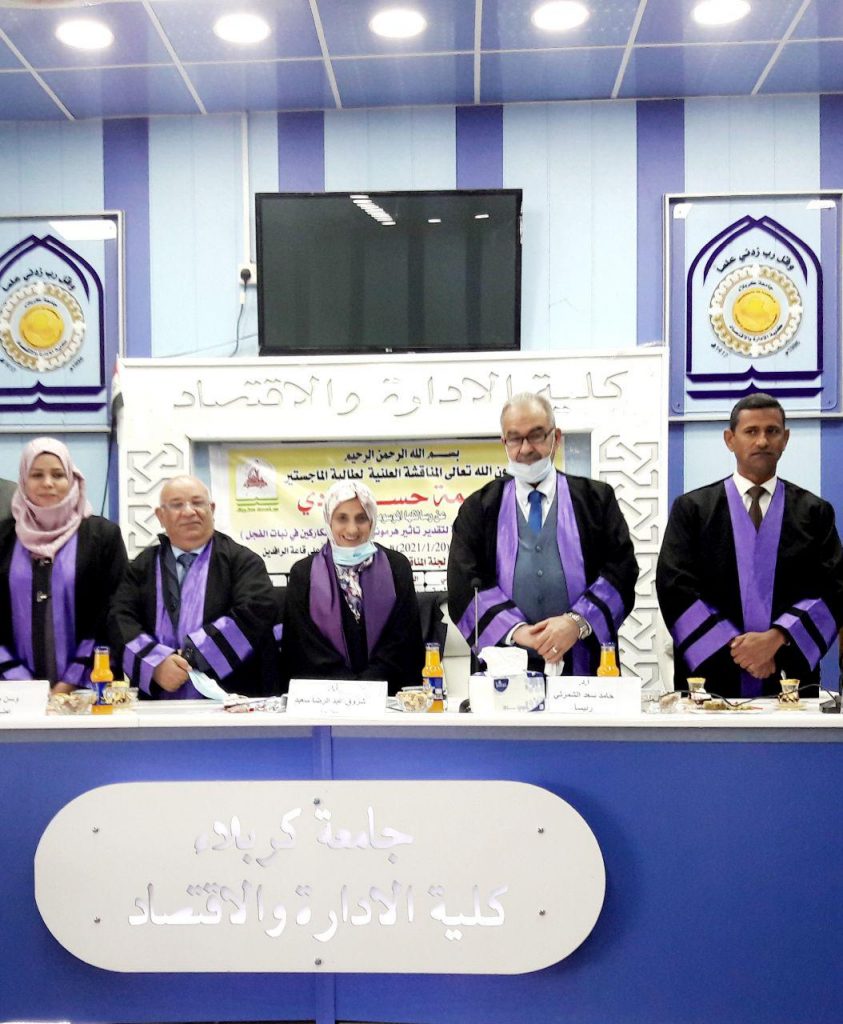By Fatima Hassan Hadi Al-turofi
Supervised by
| Prof. Dr. Awad Kadhem Al-khaledi Dr. Wassen MudarAbuAltman |
In this thesis, whole randomized whole-sector factor trial analysis and response surface analysis are used In order to determine the best levels of the factors that achieve the best response to the effect of the hormones gibberellin and Karrikin on the radish plant. The experiment was conducted in the plant research laboratories of the Department of Life Sciences / Faculty of Science / University of Babylon. The global experiment was applied according to the randomized complete block design (4 × 4 × 4) and the experiment was repeated four times for each hormone, as the seeds were soaked for different periods of time (24, 48, 72, 96) hours, then we used different concentrations of gibberellin hormone (0, 10-5 10-4, 10-3) mmolemolarity interfering with different salt concentrations (0, 0.25, 0.50, 0.75) mmol. As for the Karrikin hormone, the concentrations were (0, 1: 100, 1: 200, 1: 300) milli-molar overlap with the salt concentrations (0, 0.25, 0.50, 0.75) milli-molar as well. The design of a randomized whole sectors experiment aims to find out the presence of significant differences in the effect of the hormone gibberellin (as well as the hormone Karrikin) in the presence of salts in different concentrations in the average root length as well as the average stem length of the radish plant, in order to determine the best level that achieves the optimal response to the length of both root and stem. By analyzing the response surfaces of the second order, the surface response to the effect of the treatments used in the experiment was estimated when using the hormone gibberellin, as well as when using the hormone Karrikin in the presence of salts, and the best control limits were determined for the response to the treatments used in the experiment. The results showed significant differences in the response of the root length and stem length of radish plant to the treatments that were used in the experiment. The results also showed that any increase in the hormone gibberellin leads to an increase in the length of both the root and the stem of the radish plant. It was also found that the hormone karkin had a positive effect on the root and stem length of the radish plant. The thesis recommended the establishment of physiological studies for individuals who use radish treated with these hormones to determine the presence or absence of side effects of the hormones, and also recommended the expansion of experimenting with other concentrations of the hormones used in the message. And the use of other hormones not used in this message in order to improve the agricultural reality.
































































